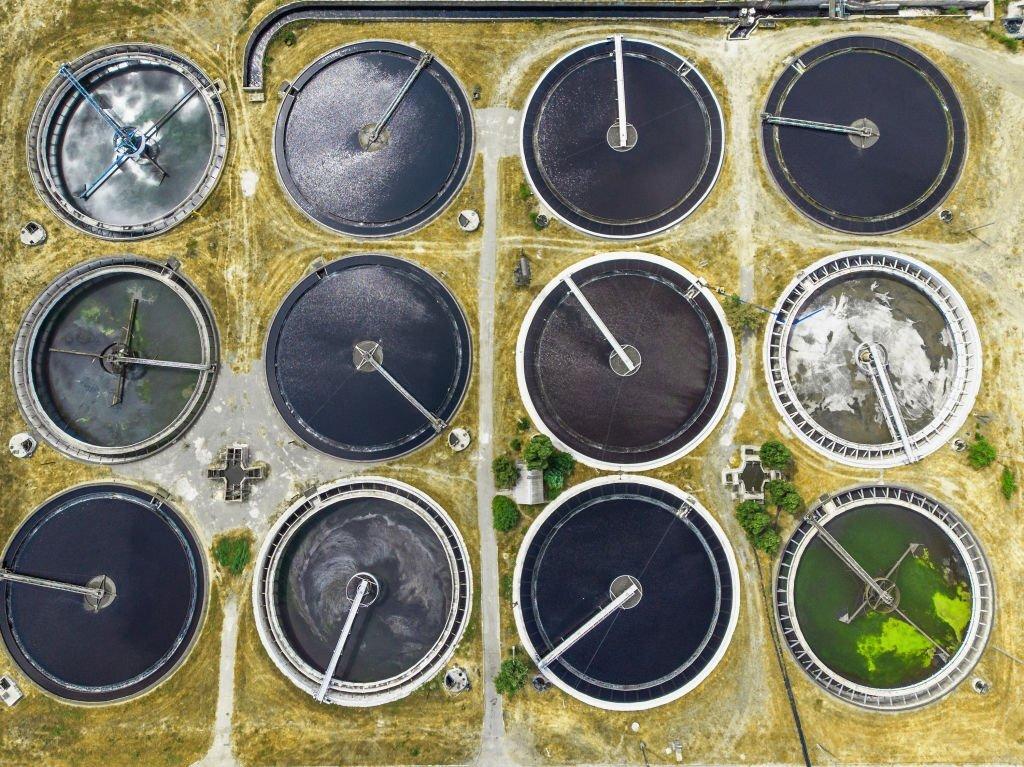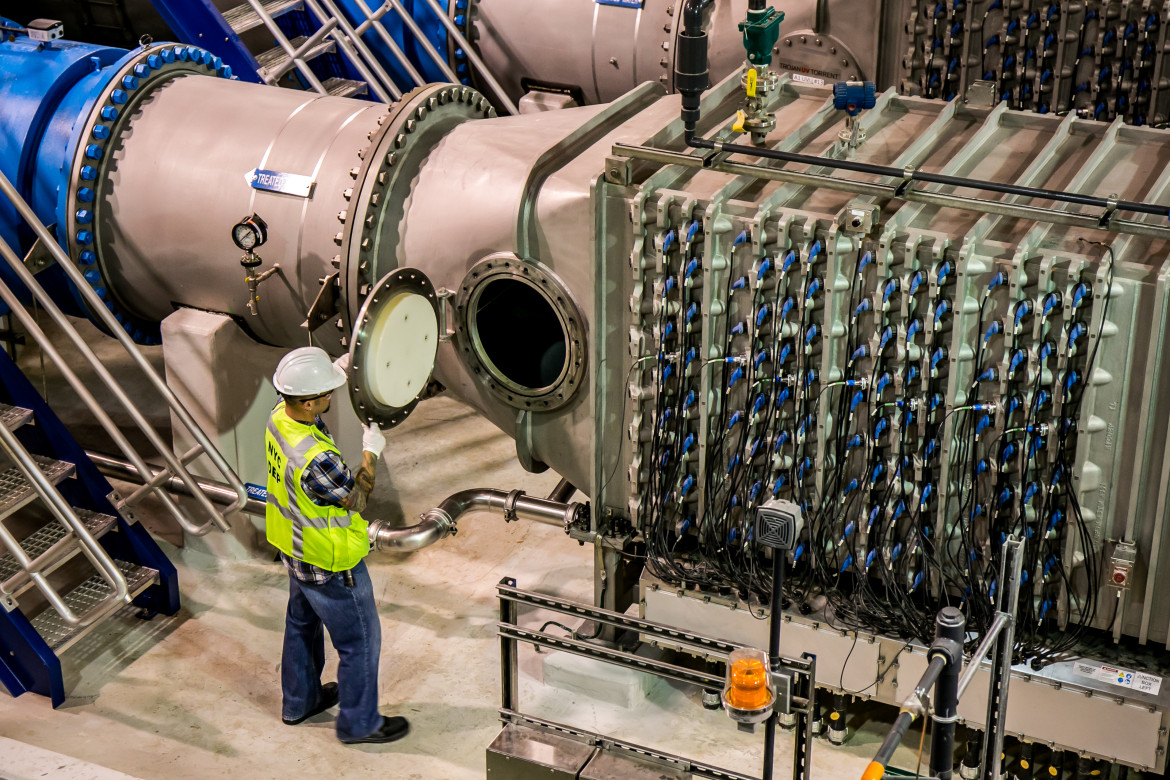The use of Chlorine and the backdraws in water treatment process
Chlorine is a commonly used chemical in the purification of drinking water. It is highly effective at killing bacteria and viruses, which makes it an effective disinfectant. Chlorine is typically added to water as a liquid or gas, and it reacts with the water to form a variety of disinfectant by-products.
One of the main advantages of using chlorine to purify water is its low cost and wide availability.
However, there are also several potential drawbacks to using chlorine, including:
- Formation of disinfection by-products (DBPs): The reaction of chlorine with organic matter in the water can produce toxic by-products, such as trihalomethanes (THMs) and haloacetic acids (HAAs). These by-products have been linked to increased cancer risk and other health problems.
- Corrosion: Chlorine can be corrosive to pipes and other infrastructure, leading to costly repairs.
- Taste and odor: Some people may find the taste and odor of chlorine-treated water unpleasant.
- Environmental impacts: The release of chlorine into the environment can negatively impact aquatic life and the surrounding ecosystem.
Highly cost of maintenance

The cost of corrosion in pipes and other water treatment infrastructure can be significant.
Corrosion can weaken pipes and other infrastructure, leading to leaks, bursts, and other problems that can cause damage and disrupt service.
Repairing or replacing damaged infrastructure can be costly, and it can also be disruptive to the community.
The cost of corrosion can be influenced by various factors, including the type and condition of the pipes and infrastructure, the level of corrosion, and the extent of the damage. In general, the cost of corrosion can be significantly reduced through proper maintenance, including regular inspections and corrosion-resistant materials.
It is also essential to consider the potential impacts of water treatment chemicals on infrastructure when selecting a treatment approach. For example, chlorine can be corrosive to pipes and other infrastructure, increasing the risk of corrosion and the associated costs.
Water treatment plants may use alternative disinfectants, such as chloramine or ozone, to minimize the risk of corrosion and other negative impacts.
Let's Talk...
Tel: +52 81 3849 5959
Email: sales@zeomediafilter.com
Zeomedia is the only highly efficient zeolite-based filter media that has been chemically cleaned to optimize its quality and performance.
It generates 60% less waste of water and energy in backwashes per year and up to 50% better filtration quality.
It can increase the production capacity of an existing plant by at least 30% or reduce the number and sizes of filters required per project by half.
We are the only company in Mexico with NSF certification to help you reach the new regulations and parameters marked by the new NOM 127 in the water treatment process.





